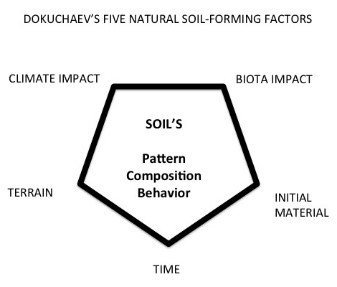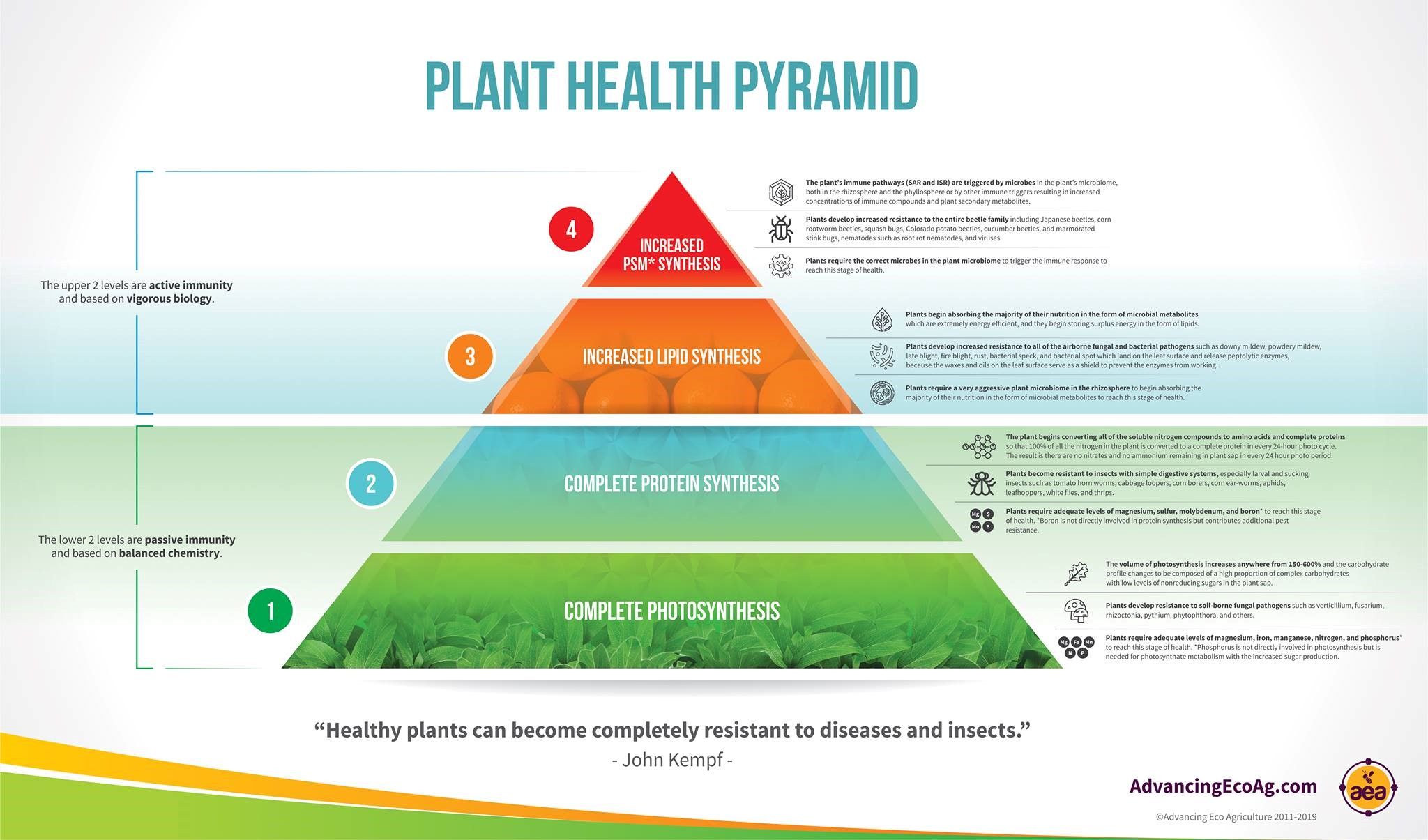New Frontiers of Soil and Plant Health
Margit Kaltenekker
Agriculture Agent
Tractors tuned? Planters ready? Migration is full on the wing! We are gradually warming up and that means the soil is also waking up beneath our feet. Preparation for a ‘Soil Health’ seminar to be shared with the Master Gardener’s Garden Show, March 2nd, at the Douglas County Fairgrounds, has provided yet another opportunity to get back to basics, highlighting the intriguing mysteries of the soil. Soil is far more complex than first meets the eye, and we do well to dig deeper in unearthing its secrets. What isn’t fair is they’ve only provided 30 minutes. So, you have the chance to glean some extra nuggets here, of a quick retrospective of Soil Science and the leading frontiers into plant nutrition that are at the forefront of ecological agriculture.
Soil Science in the classic sense started to gain traction in the mid-late 1800’s as German chemist Justus von Leibig (1803-1873) created the

“balance-sheet theory” of plant nutrition. Soil was seen as an inert ‘storage bin’ where chemical nutrients could be used and replaced. Soil Geologists such as Vasily V. Dokuchaev from the Ukraine, in Russia, accepted the ‘balance sheet’ theory, but Dokuchayeva's, Russian School of Soil Science also developed further understandings of the complexities at work in the soil, “The Russian workers conceived of soils as independent natural bodies, each with unique properties resulting from a unique combination of climate, living matter, parent material, relief, and time. They hypothesized that properties of each soil reflected the combined effects of the particular set of genetic factors responsible for the soil's formationi”. Curtis , who served as the Director of the Soil Survey Division of the United States of Agriculture (1913-1935), adapted the Russian concepts to soils in the United States by examining soil profiles, and began classifying soils according to their morphology. Further modifications by Guy D. Smith in the mid- 1940’s culminated in the official Soil Classifications System leading to the Soil Survey Maps still used to advise fertility recommendations today.
By Jmiller336 - Own work, CC BY-SA 4.0, https://commons.wikimedia.org/w/index.php?curid=45390121
While physical taxonomy and classifications, based on chemical and physical properties of soil, established the bedrock of soil genesis and soil science, there were other soil pioneers that applied these foundational concepts to plant and animal nutrition. William Albrecht, (1888-1974) was a highly respected soil scientist, noted agronomist, and botanist whose passion was the scientific study of plant physiology and microbiology in agriculture. Albrecht served as chairman of the Department of Soils at the University of Missouri and published numerous works between 1918 – 1970 about the connections he’d observed between plant nutrition, soil health, animal health and human health. Throughout his career his research led him to look to nature to learn what optimizes soil and plant nutrition, attributing many plant and animal diseases directly to poor, depleted soils. His insights led him to develop a formula for ideal ratios of cations in the soil (Base Cation Saturation Ratio), as well as other common soil testing methods foundational to ‘soil balancing’ fertilizer applications today. Thankfully the vast collection of Albrecht’s work was compiled by Chuck Walters, through four volumes of The Albrecht Papers, available through ACRES USA.
Albrecht’s work ushered in the study of soil biology, as other soil and plant scientists, farmers, microbiologists, and biochemists such as Carey Reams, Elaine Ingham (founder of the “Soil Food Web”), and Dr. James White furthered this research, looking to the interrelationships between the physical, chemical, electromagnetic and biological cycles within soil, that optimize plant health and nutrition.
The publication on Soil Health Indicators and Tests, available through ATTRA (Appropriate Technology Transfer to Rural Areas), explores various soil health assessment methods that are at the forefront in regenerative agriculture: Organic Matter, Aggregate Stability, Bulk Density/Water Infiltration, PLFA (phospholipid fatty acids), Microbial Respiration, Sap Tests and Haney Tests. Together with traditional ‘soil balancing’ fertilizer recommendations these tests can measure the biological activity within soils, providing further insight to optimizing plant nutrition. Dan Kittridge, a 2nd generation organic farmer, has an entirely free course of videos online – based on the Principles of Biological Systems applied to agriculture, through the Bio nutrient Institute. John Kempf, a farmer and agronomist from Ohio, has created an entirely new framework called the Plant Health Pyramid, that captures the progressive stages of plant health developed through scaffolding regenerative agricultural practices. Kind Harvest hosts an entire free course on the Plant Health Pyramid…you can also catch some tractor time listening to John’s Regenerative AG podcast!
Whether just beginning to think about changing up a rotation to include more cover crops or starting to delve a bit deeper into soil health and plant nutrition, it always helps to know the terrain that’s been covered to help point our sights on the path that lies ahead. Happy planting!
_______________________________________________
[1] https://en.wikipedia.org/wiki/History_of_soil_science

